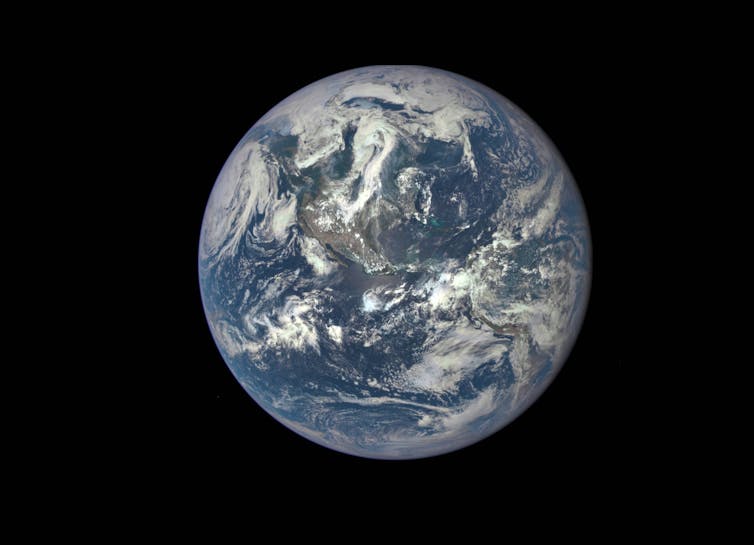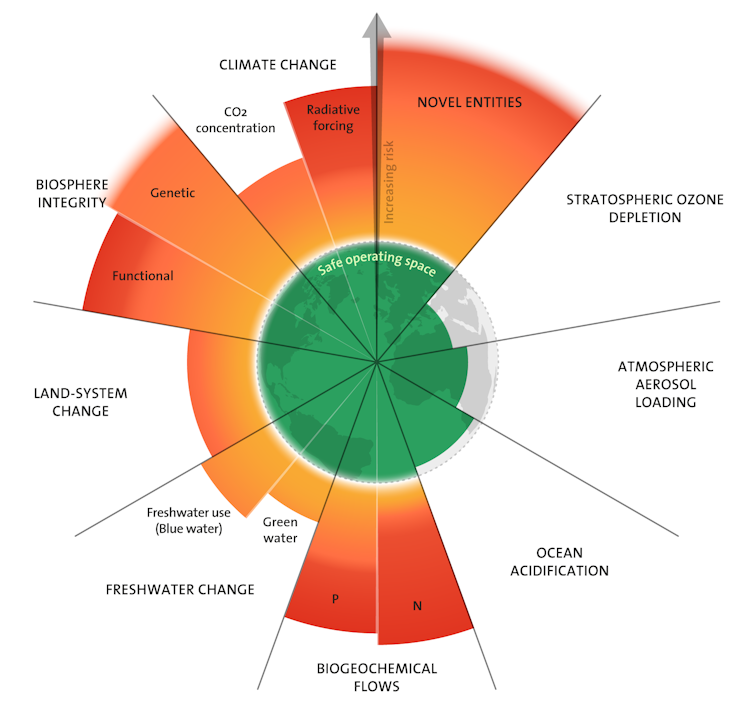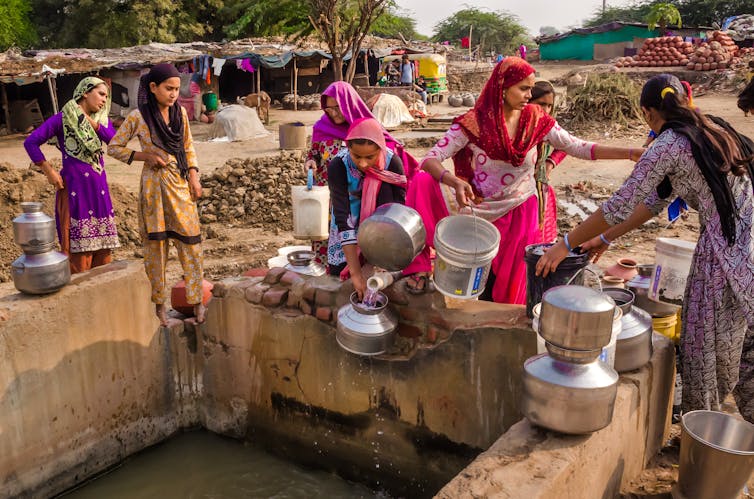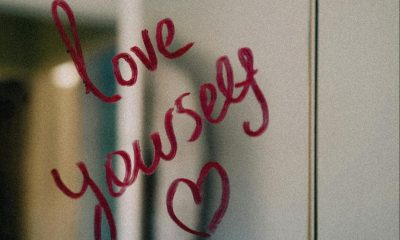Science
What are ‘planetary boundaries’ and why should we care?

As far as we know, there is exactly one planet in our Solar System – and the galaxy – which hosts life. And you’re on it.
For the first 800 million years, Earth was dead. Then life began making itself at home. For over three billion years, lifeforms have helped shape their own environment. Earth’s energy balance (commonly known as the climate) and its interactions with trillions of species is the main determinant of environmental conditions.
As you know, one species – ours – is exceptionally good at changing our environment to suit us. The problem is, we’re now too good at it. We chop down forests, remove mountains to get at ore bodies, take over grassland, fish out entire seas, create and unleash novel chemicals and pump huge quantities of nutrients from fertiliser into the system. These and many more undermine the hidden life support system on which we rely.
What are planetary boundaries?
Almost 15 years ago, this article’s lead author helped create something called “planetary boundaries” to make clear what damage we had done.
We teased apart nine processes vital to the Earth system.
Three are based on what we take from the system:
- biodiversity loss
- fresh water
- land use.
The remaining six come from waste we deposit back into the environment:
- greenhouse gases (which cause climate change and ocean acidification)
- ozone depleting chemicals
- novel entities (plastic, concrete, synthetic chemicals and genetically modified organisms which owe their existence to us)
- aerosols
- nutrient overload (reactive nitrogen and phosphorus from fertilisers)
If we keep our activities to a safe level, the sheer exuberance of life and the planet’s own processes can handle it. But in six out of nine vital life support systems, we have blown well past the safe zone. And we’re now in the danger zone, where we – as well as every other species – are now at risk.

Azote for Stockholm Resilience Centre based on analysis in Richardson et al 2023, CC BY-ND
Our breach of boundaries is very new
In the year 1900, there were around 1.6 billion humans – nearly all of them poor. Now there are 8 billion of us, and some of them are rich. And nearly all of us use fossil fuels, plastics, chemicals and products from intensive agriculture.
It can be very easy to live our lives and only occasionally glimpse the reality. You might have flown over palm oil plantations where rainforest was. Seen blue-green algal blooms or fish kills. You might have wondered where all the animals or bugs were on a bushwalk.
But when we zoom out and look at the sum total of our impacts, the story is clear. Put bluntly, we are eating away at our own life support systems. And this has happened extraordinarily recently. If we keep going, we risk triggering a dramatic and potentially irreversible change in living conditions.
Like all other living organisms, we survive by using Earth’s resources. We once believed these resources were unlimited. But we now know there are hard limits.
Take fresh water – essential to life on land. If we pump too much water from rivers, lakes and aquifers for farming, industry or cities, we risk hitting that hard limit. This isn’t hypothetical – places like India and California are close to that limit.

India groundwater
How are these boundaries calculated?
Remember – the entirety of human civilisation, the flowering of culture, religion, agriculture and cities – has taken place only in the last 10–12,000 years. For the roughly 190,000 years before that, we were nomadic hunter-gatherers. What changed?
The climate, for one. We entered a climate sweet spot, with relatively stable and warm conditions. Gone were the recurring ice ages. Many experts believe there’s a connection here – stable climate, rise of civilisation, though this is hard to establish with certainty.
What we do know is we can thrive under these conditions. We don’t know for certain our civilisation as we know it can thrive if they are different. We would be foolish to risk pushing our supporting envelope to breaking point.
That’s why we and many other independent scientists have worked as hard as we have to develop the framework of planetary boundaries and keep it up-to-date as new science comes in.
How do we know if we’ve breached the boundaries?
The Earth’s environmental conditions have changed many times in its long history. Climate is a good example here. We know the Earth looked very different when temperatures were higher or lower. Palms once grew in Antarctica. These swings from hothouse to ice age let us estimate the boundary beyond which our activities can upset the process.
These are boundaries, not thresholds. When we cross one, it doesn’t trigger immediate disaster. And it’s entirely possible to bring our activities back from unsafe to safe. We’ve done it already in the 1990s, when international cooperation quickly phased out ozone depleting chemicals and stopped the dangerous ozone hole from getting ever-bigger.
So how are we doing? Not great.
In last week’s update, the research team found we had now gone beyond the safe zone into dangerous territory in six of the nine processes. We are still in the green for ozone-depleting chemicals. Ocean-acidification is still, just, in the green, and so is aerosol pollution and dust.
But on climate change, deforestation, biodiversity loss, synthetic chemicals such as plastics, freshwater depletion, and nitrogen/phosphorus use, we’re well out of the safer zone. On these six, we’re deep in the red zone.
We’re keeping the party going as long as possible. But it can’t continue indefinitely. The bill comes due. The faster we do for the other boundaries what we did for ozone-depleting chemicals, the safer all of us will be. ![]()
Katherine Richardson, Professor in Biological Oceanography, University of Copenhagen and Xuemei Bai, Distinguished Professor, Australian National University
This article is republished from The Conversation under a Creative Commons license. Read the original article.





















